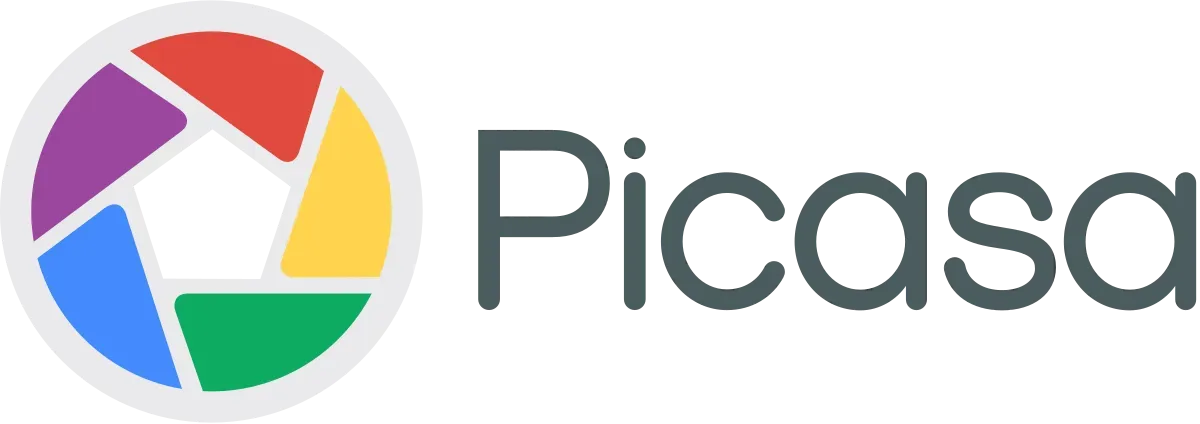My Quest for the Perfect Image Management Software
Wow, my first Medium post is not even about tech. Am I getting old?
I don’t remember exactly when it started, but I’ve always had this thing about collecting images. Any picture that caught my eye, I’d instinctively right-click and save it (I still remember the shortcut keys for saving images in all browsers!). And I mean any picture. Since this was basically an unconscious reflex, I never bothered with organizing them. So, all my images, whether they were design materials, artwork, cute anime girls, or, you know, philosophical photos of Billy Herrington, all ended up in a giant digital junkyard I called the “images” folder.
As my skills “developed,” I discovered the magic of download managers. No longer was I stuck saving images one by one. Now, I could just feed a URL to the download manager and let it work its magic. But even then, the concept of organization remained foreign to me. Picturesque landscapes from 500px were still rubbing shoulders with dank memes from 4chan, all within the hallowed halls of the “images” folder.
The convenience of download managers led me down a dark path – downloading entire image packs. The “images” folder, once a chaotic mess of images, was now a chaotic mess of images and folders, its size ballooning faster than a politician’s approval rating after a major scandal. I even broke down and bought a wimpy NAS just to house this digital beast, upgrading the “images” folder to the prestigious status of a “remote drive.” But the management issue continued to haunt me. I couldn’t possibly spend hours upon hours manually sorting through millions of images, could I?
Enter Picasa, the first love of my digital life.

Picasa was, for a time, the answer to my prayers. Its flat folder browsing design let me ignore unnecessary folder hierarchies, and it had tagging! Most importantly, it handled and searched through millions of images with breathtaking speed. It even had fancy features like facial recognition, but the features I mentioned before were enough to earn my undying loyalty. And so began our beautiful honeymoon phase.
But as with all good things, it was not meant to last. Google, in their infinite wisdom, decided to pull the plug on Picasa in 2016, leaving me scrambling for a new tool to manage my ever-growing digital harem of images. I tried everything: Pixa, Inboard, Pixave, iPhoto, the built-in Photos app on Windows 10, XnView, FastStone, Eagle… They all had their strengths, but each had a fatal flaw that drove me away. Why wasn’t there a single image management software that met my needs? It was then that I remembered the saying: “Be the change you want to see in the world.”
Fine, challenge accepted.
With a brief lull in my work schedule, I decided to take matters into my own hands. Thus began the arduous journey of creating Tiat:

Well, “creating” might be a bit of an overstatement. It’s more like Tiat is still in the womb, its head barely peeking out. Here’s a glimpse into the design philosophy behind this ambitious undertaking:
- No Duplicates! This is a pet peeve of mine with many Mac apps. They claim to “import” your library, but what they’re really doing is cloning your entire library onto your already cramped hard drive. I specifically got a NAS to house my millions of images, and you want to copy them all over again? Do you think hard drive space is free?
- Handle Millions of Images. This is another common pitfall of many apps. They load all the metadata into memory for searching and filtering, which works fine for smaller libraries but explodes spectacularly when you unleash millions of images upon them.
- Flexible Browsing. Most software offers only one way to group images, either by folder or using a traditional three-column layout like Pixa (which, let’s be honest, is the go-to design for almost every Mac app). While simple, this approach falls apart when you need more advanced browsing options.
- Fast and Powerful Searching and Filtering. Let’s face it, half the time we’re looking for an image, we only remember vague details about it. A good image management software should be able to quickly find what you need based on those fragments of information. And wouldn’t it be awesome if you could just sketch out the image in your head and have the software find it for you?
- Automatic Tagging and Categorization. I’m a simple man with simple needs, and one of those needs is to avoid manual labor whenever possible. Automatic tagging and categorization are no longer optional features; they’re essential for us lazy folks.
- Rich Metadata Support. As your image library grows, simple tags just don’t cut it anymore. You need annotations, sources, author information, and the whole shebang. And of course, it should be able to extract metadata from IPTC, EXIF, and other sources.
- Effortless Batch Downloading. It’s 2018 (editor’s note: 2023 now!), who has time to right-click and save images one by one?
- Modern UI. Again, it’s the future (editor’s note: well, the present…), our beautiful images deserve a beautiful home, don’t they?
Okay, enough with the shameless self-promotion. If you’re interested, here’s the pre-launch page for Tiat. Feel free to drop your email to join the first wave of beta testing (don’t worry, I won’t spam you). I’m also open to suggestions and feedback, so don’t hesitate to reach out. There are a lot more features I want to implement, like distributed learning, but I realize this project could easily turn into a lifelong endeavor. So, I’ll just have to add them gradually. Wow, this turned out to be a long one. In my next post, I’ll share some interesting tidbits from the development process. Stay tuned!